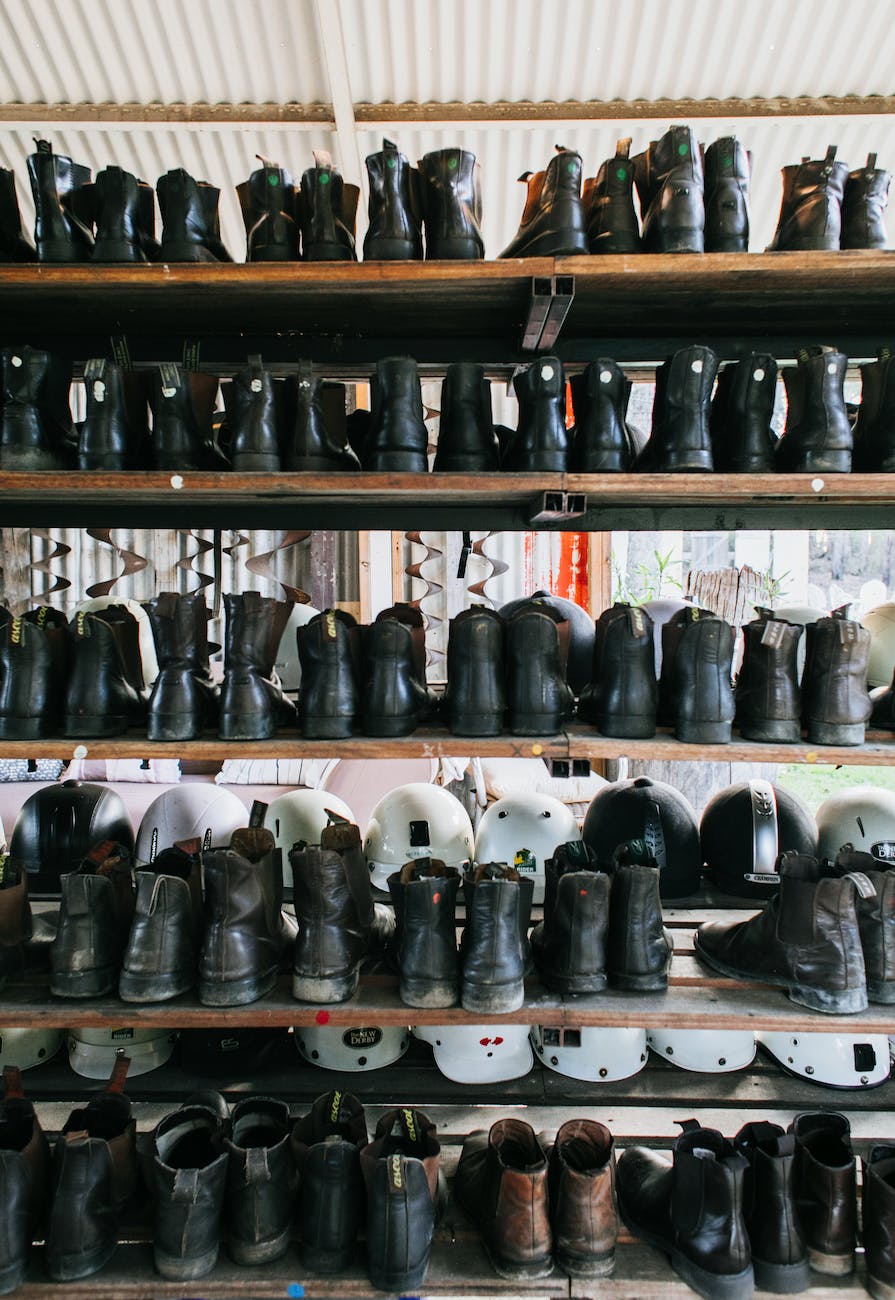
Footwear and Leg Protection: Personal Protective Equipment
In a world where safety is paramount, personal protective equipment (PPE) plays a crucial role in safeguarding workers across various industries. When it comes to ensuring the well-being of employees, one area that often gets overlooked is proper footwear and leg protection. In this article, we will delve into the significance of appropriate footwear and leg protection as essential components of PPE, exploring their various types, benefits, and the industries that rely on them to maintain a safe working environment.
Introduction
Footwear and Leg Protection : Personal Protective Equipment (PPE) is a critical aspect of workplace safety, designed to reduce the risk of injuries and accidents. While PPE encompasses a range of gear, this article focuses on the often underestimated components of footwear and leg protection.
Understanding Footwear and Leg Protection as PPE
Foot injuries are alarmingly common in workplaces, often resulting from falling objects, slippery surfaces, and exposure to hazardous materials. Leg protection is equally vital, guarding against burns, cuts, and impacts. Properly designed PPE ensures that these vulnerable areas are shielded from potential harm.
Types of Protective Footwear
Safety Shoes
Safety shoes are a cornerstone of foot protection. They are engineered with reinforced toes to withstand impacts and compression. These shoes come in various styles, catering to different workplace environments.
Steel-Toed Boots
Steel-toed boots take foot protection up a notch. With a steel cap over the toes, they provide exceptional safeguarding against heavy objects and compression.
Chemical-Resistant Footwear
For industries dealing with corrosive substances, chemical-resistant footwear acts as a barrier against potentially harmful chemicals, preventing burns and skin irritation.
Leg Protection Gear
Leg Guards and Shin Protectors
In environments where sharp objects are prevalent, leg guards and shin protectors offer reliable defense. They are especially crucial in construction and manufacturing settings.
Welding Chaps and Aprons
Welding poses unique risks to the legs due to sparks and splatter. Welding chaps and aprons, made from flame-resistant materials, provide much-needed protection.
The Role of PPE in Different Industries
Different industries benefit from tailored PPE solutions:
Construction
Construction workers face diverse hazards, from heavy machinery to uneven terrain. Proper footwear and leg protection prevent injuries from falling debris and accidents.
Manufacturing
In manufacturing, where machinery is in constant motion, PPE shields workers from potential entanglements and impacts.
Healthcare
Even in healthcare, where not all hazards are as obvious, PPE like slip-resistant shoes safeguards against spills and potential exposure to biohazards.
Selecting the Right Footwear and Leg Protection
Choosing suitable PPE involves:
Assessing Workplace Hazards
Identify potential risks to determine the most appropriate protection.
Comfort and Fit
Comfort is essential for ensuring workers actually wear their PPE. Ill-fitting gear can be a hindrance rather than a help.
Benefits of Proper Footwear and Leg Protection
Injury Prevention
The foremost advantage of proper PPE is injury prevention. It reduces the likelihood of accidents and mitigates the severity of injuries when they do occur.
Enhanced Productivity
When employees feel safe and comfortable, their productivity increases. PPE contributes to a conducive work environment.
Maintaining and Inspecting PPE
Regular Cleaning
PPE should be cleaned regularly to ensure its efficacy and longevity.
Scheduled Inspections
Routine inspections help identify wear and tear, allowing for timely replacements.
Ensuring Employee Compliance
Training and Education
Employees should understand why PPE is necessary and how to use it correctly.
Enforcing PPE Policies
Strict enforcement of PPE policies underscores its importance and sets a safety-conscious culture.
Innovations in PPE Design
Ergonomics and Comfort
Modern PPE designs prioritize both safety and comfort, encouraging prolonged usage.
Smart PPE Technology
From sensors to monitor hazardous environments to communication devices, smart PPE integrates technology for heightened protection.
Challenges and Future Trends
Balancing Safety and Comfort
Striking the right balance between safety and comfort remains a challenge in PPE design.
Sustainability in PPE
The industry is moving towards more sustainable materials and manufacturing practices.
Conclusion
Footwear and leg protection are indispensable components of PPE that safeguard against a myriad of workplace hazards. Prioritizing proper footwear and leg protection not only prevents injuries but also promotes a culture of safety and well-being.
Hand Protection: Personal Protective Equipment
Respiratory Protection: Personal Protective Equipment
Eye and Face Protection: Personal Protective Equipment
Safety Goggles: Personal Protective Equipment
Head Protection: Personal Protective Equipment
FAQs
- Why is proper footwear important in the workplace? Proper footwear prevents foot injuries from various workplace hazards and ensures employee comfort, contributing to a safer and more productive work environment.
- What industries benefit the most from leg protection PPE? Industries such as construction, manufacturing, and welding benefit significantly from leg protection PPE due to the nature of their operations.
- Can I use the same footwear for different types of hazards? It’s best to use footwear specifically designed for the hazards present in your workplace. Different hazards require different levels of protection.
- Are there regulations that mandate the use of protective footwear? Yes, many occupational safety regulations mandate the use of appropriate protective footwear in workplaces where foot injuries are possible.
- How often should PPE be inspected and replaced? PPE should be regularly inspected for signs of wear and damage. Depending on usage and exposure, replacement may be necessary to maintain optimal protection levels.
























